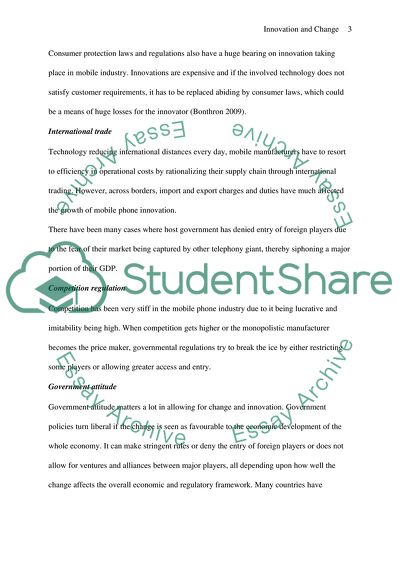Cite this document
(Innovation and Change of Mobile Phone Industry Report, n.d.)
Innovation and Change of Mobile Phone Industry Report. https://studentshare.org/technology/1565489-innovation-and-change-mobile-phone-industry
Innovation and Change of Mobile Phone Industry Report. https://studentshare.org/technology/1565489-innovation-and-change-mobile-phone-industry
(Innovation and Change of Mobile Phone Industry Report)
Innovation and Change of Mobile Phone Industry Report. https://studentshare.org/technology/1565489-innovation-and-change-mobile-phone-industry.
Innovation and Change of Mobile Phone Industry Report. https://studentshare.org/technology/1565489-innovation-and-change-mobile-phone-industry.
“Innovation and Change of Mobile Phone Industry Report”. https://studentshare.org/technology/1565489-innovation-and-change-mobile-phone-industry.


